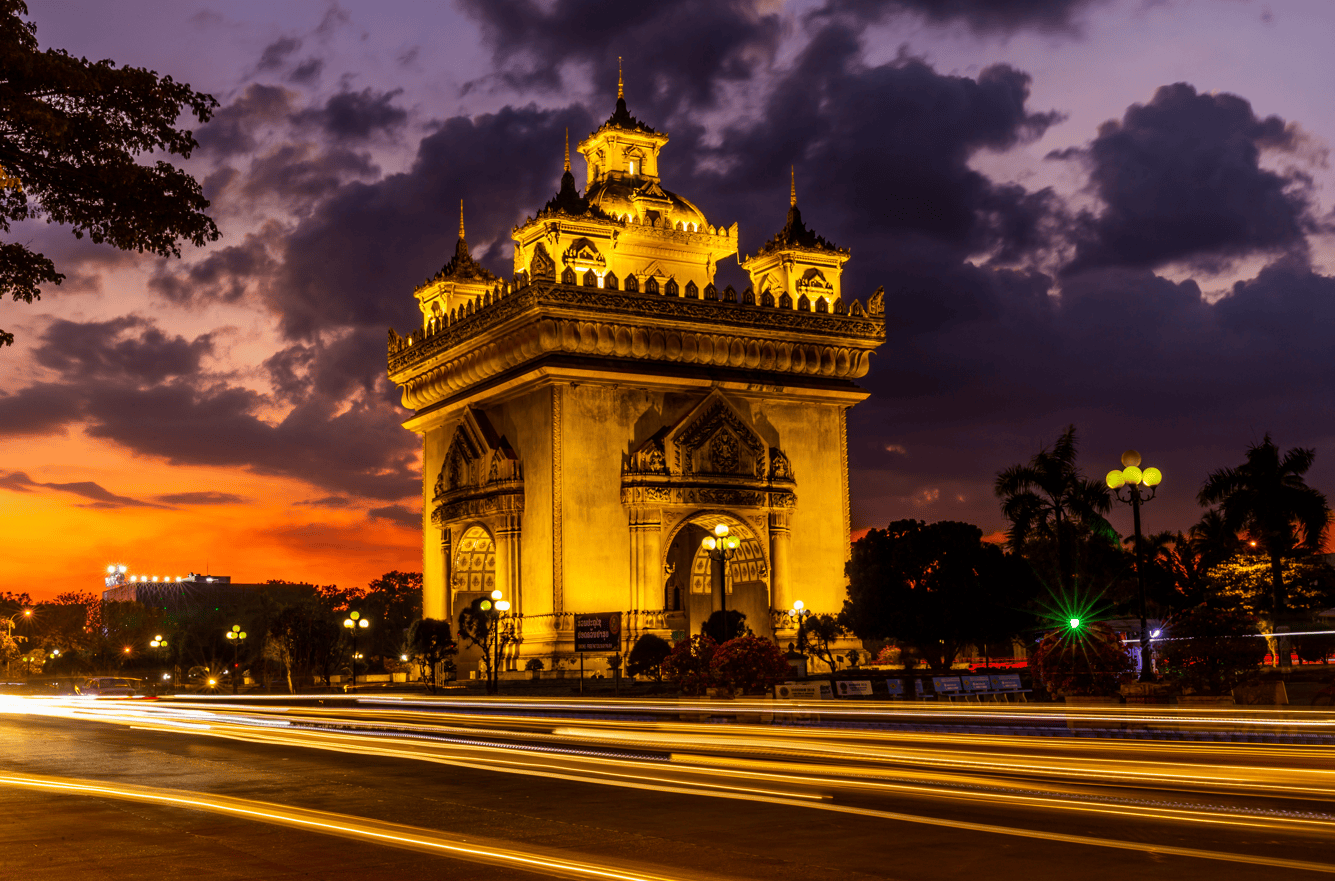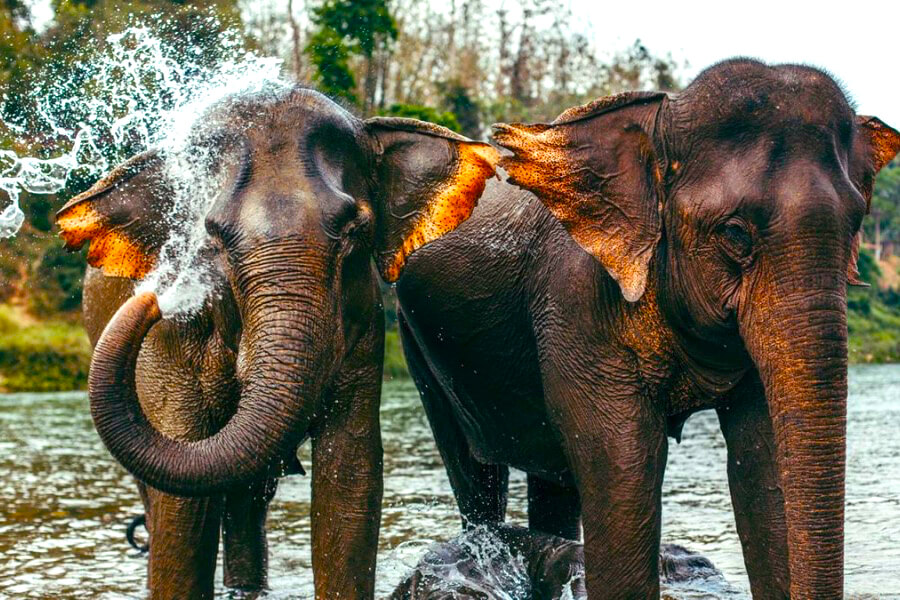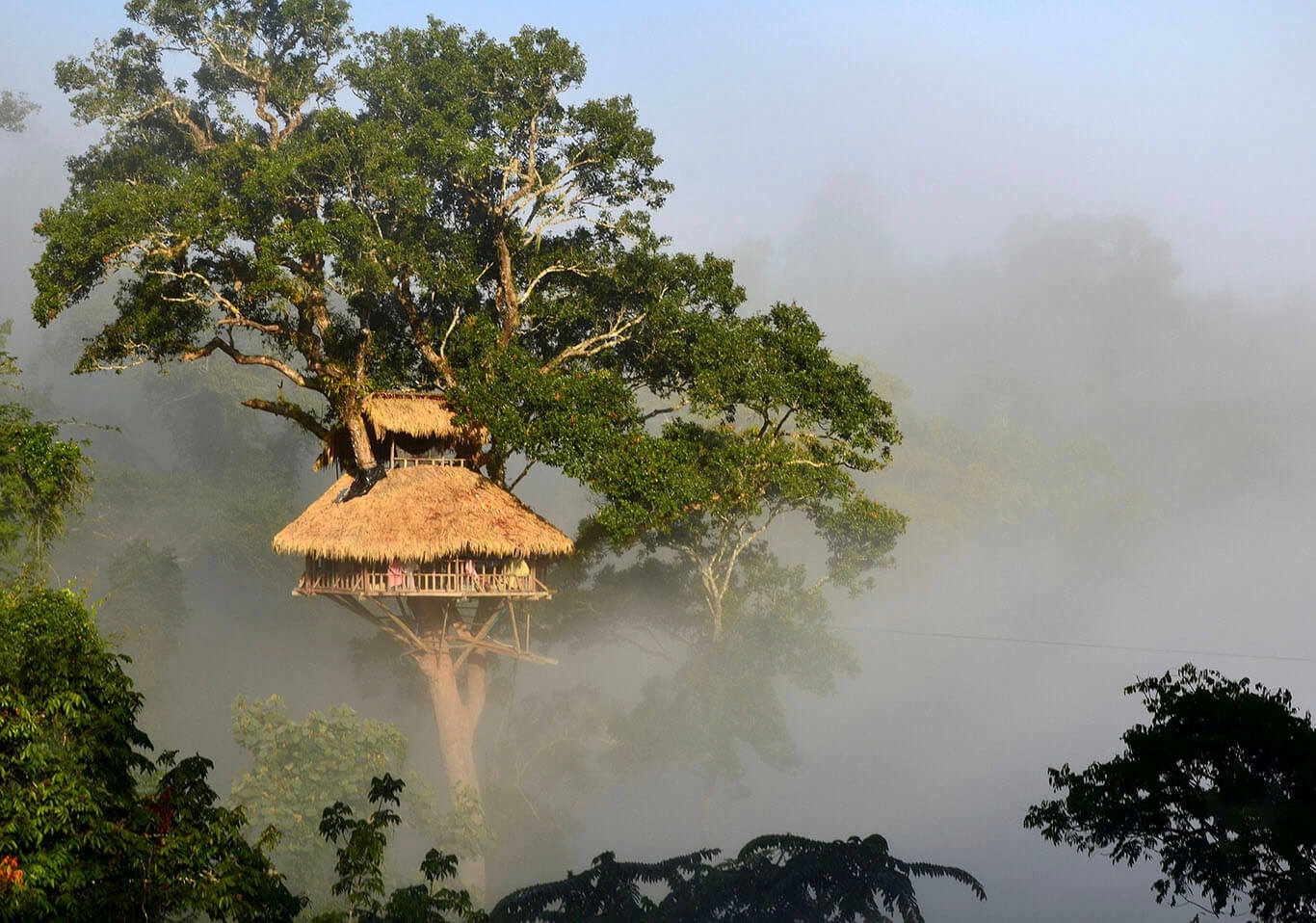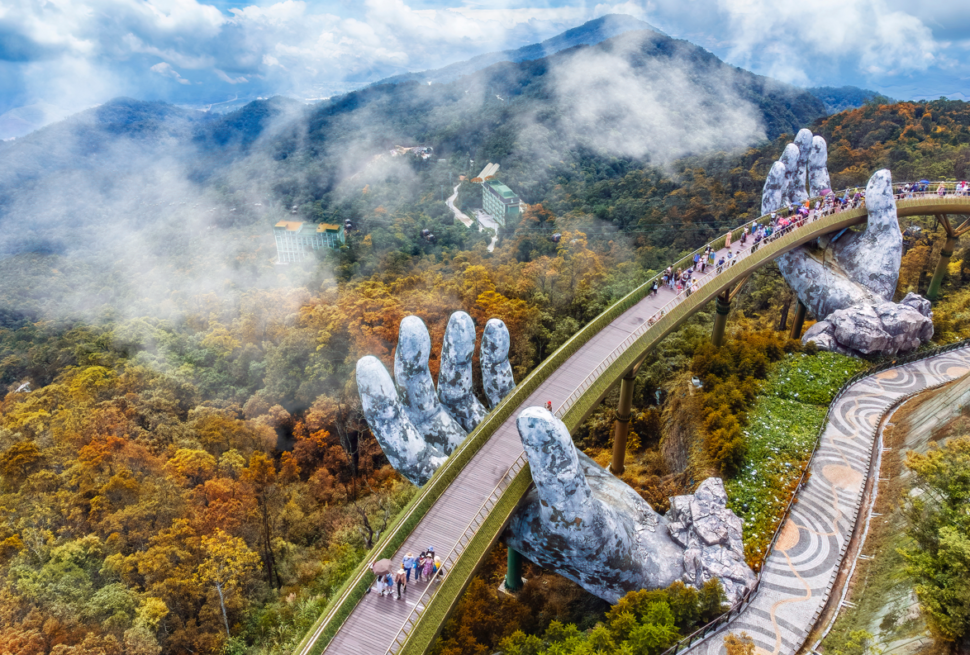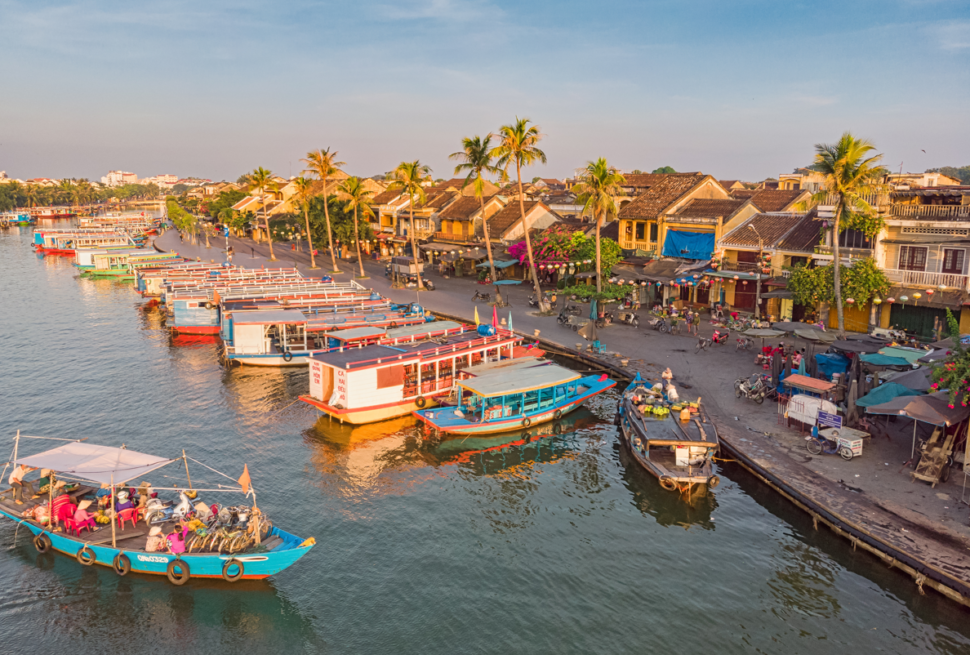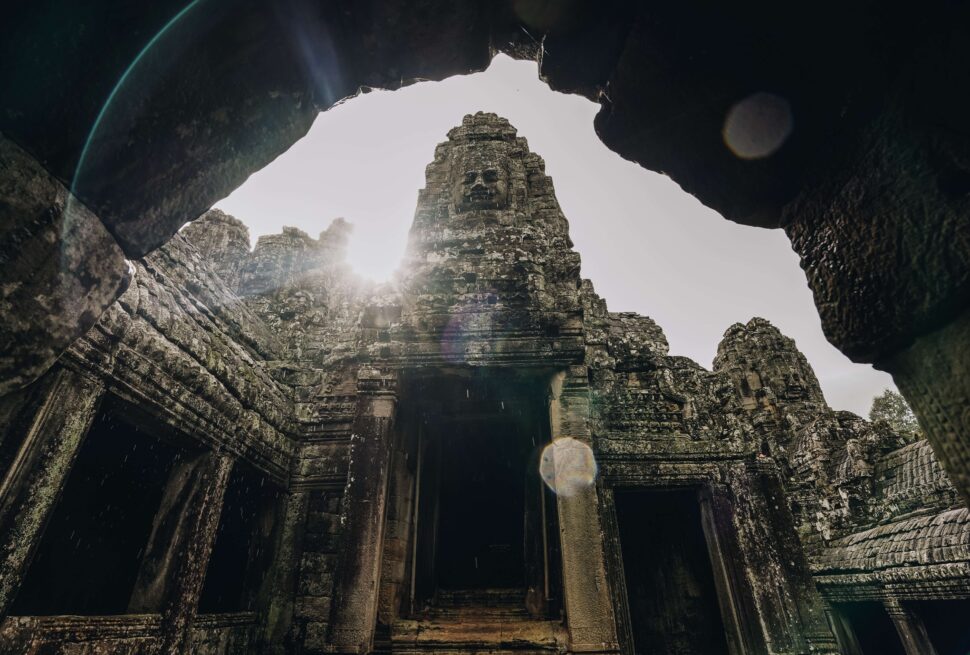Located in Southeast Asia, Laos is a landlocked country that shares a border with Cambodia, Thailand, Myanmar, China, and Vietnam. Not only is Laos an absolutely beautiful country, but its affordable, the people are friendly, its clean, and it receives much fewer visitors than some of its counterparts in Southeast Asia.
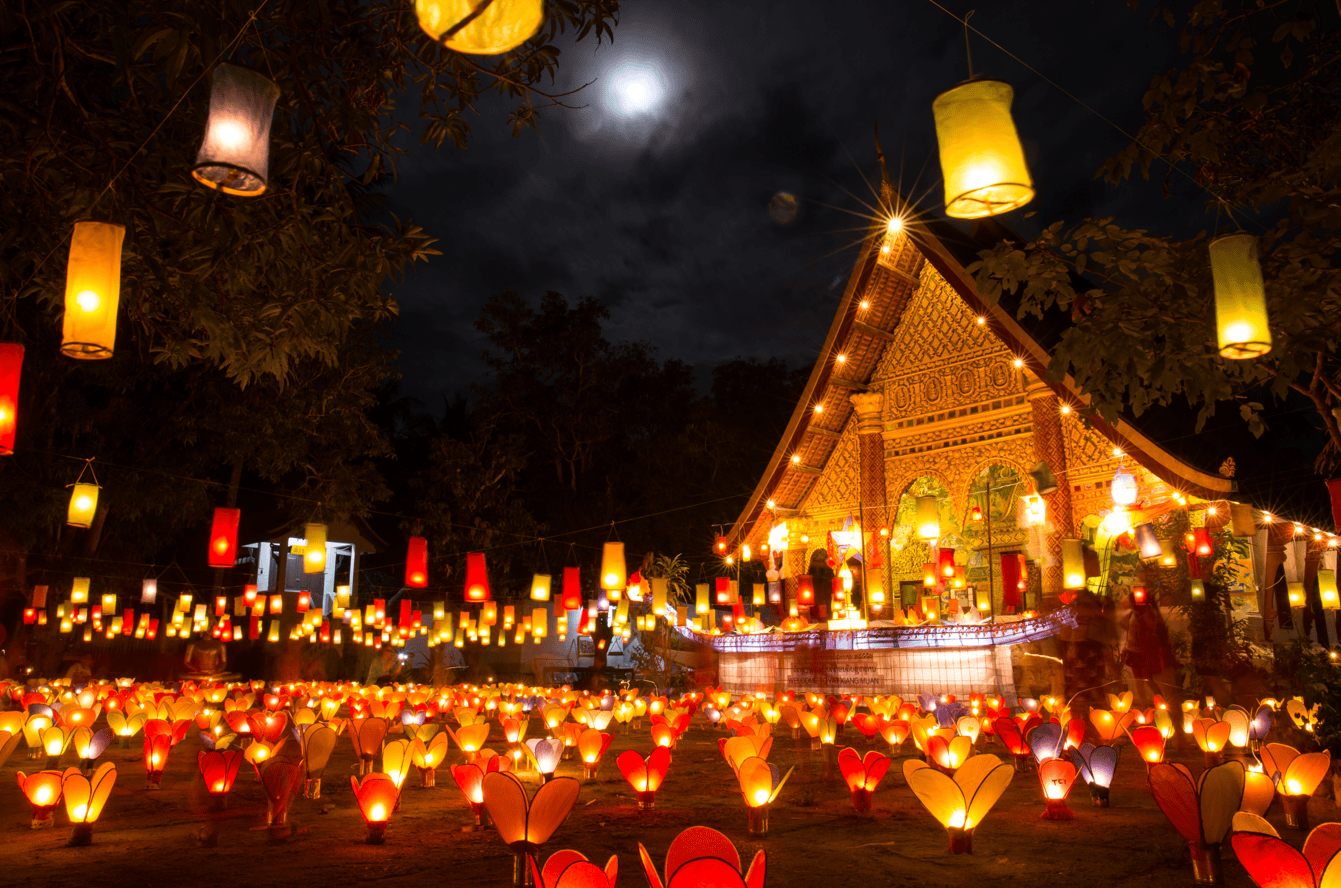
Prehistory & Tai-Lao migration
The appearance of first modern humans in Southeast Asia was around 50,000 years ago. They had used stone-age technology for daily life and only evolved to a new Neolithic culture about 10,000 years ago. The representative for this culture was the Hoabinhian, who were hunter-gathers spreading throughout much of Southeast Asia, including Laos. Besides hunting, fishing and gathering by horticulture, their successors produced the first pottery in the region, later bronze metallurgy, even doing rice cultivation, originating from southern China. They were the ancestors of the present-day upland minorities, known as the Lao Thoeng (Upland Lao), the largest group of which is the Khamu of northern Laos.
Other Lao Thoeng groups live in southern Laos, speaking Austro-Asiatic languages like their northern cousins and the Khmer. Southern Laotian people are also believed to the ancestor of Cambodian one, who migrated southward to establish the Kingdom of Funan by 2nd century CE. The earliest kingdom in southern Laos was Chenla as Chinese texts, dating from the 5th century with the capital near Champasak and the later Khmer temple of Wat Phu. On the middle Mekong, Mon people (speaking another Austro-Asiatic language) established Sri Gotapura Kingdom with its capital near Tha Khaek and Chanthaburi kindome near present-day Vientiane.
In about the 8th century, Tai or modern-day Thai people began migrating out of southern China. They included the Tai-Lao of Laos, the Tai-Siam and Tai-Yuan of central and northern Thailand, and the Tai-Shan of northeast Burma. The Tai-Lao or Lao had moved slowly down the rivers of northern Laos, finally they came the Mekong River.
The Kingdom of Lan Xang
The Lao Kingdom of Lan Xang Hom Khao existed as a unified kingdom from 1353 to 1707. The founder, Fa Ngum was born into the royal family in Muang Sua, the capital of a small state ruled by King Souvanna Khampong. But his grandfather, the reigning king, believed that his father failed to live up to his princely responsibility and expelled him. So Fa Ngum and his family sought refuge at Angkor and thus Fa Ngum was raised in the cradle of Khmer empire.
Thanks to Khmer army, Fa Ngum returned Muang Sua to regain his father’s throne, finally establishing a unified Lao Kingdom – Lan Xang Hom Khao, which means “the Land of a Million Elephants and the white parasol”. In an attempt to unite the various ethnic groups under the kingdom, he introduced Theravada Buddhism into Laos. As a result, the Khmer King, his father-in-law sent Buddhist scholars and scriptures as well Pra Bang statue – a sacred golden Buddha. This Buddha was placed in the capital, Muang Sua, later named Luang Prabang to honor this sacred image. For the next 200 years Luang Prabang was the religious and cultural center of the kingdom. During 600 years for existence, the kingdom of Lan Xang had to struggle with the invasion from Dai Viet (1478 – 1479), Siam (1536) and Burma (1571 – 1621).
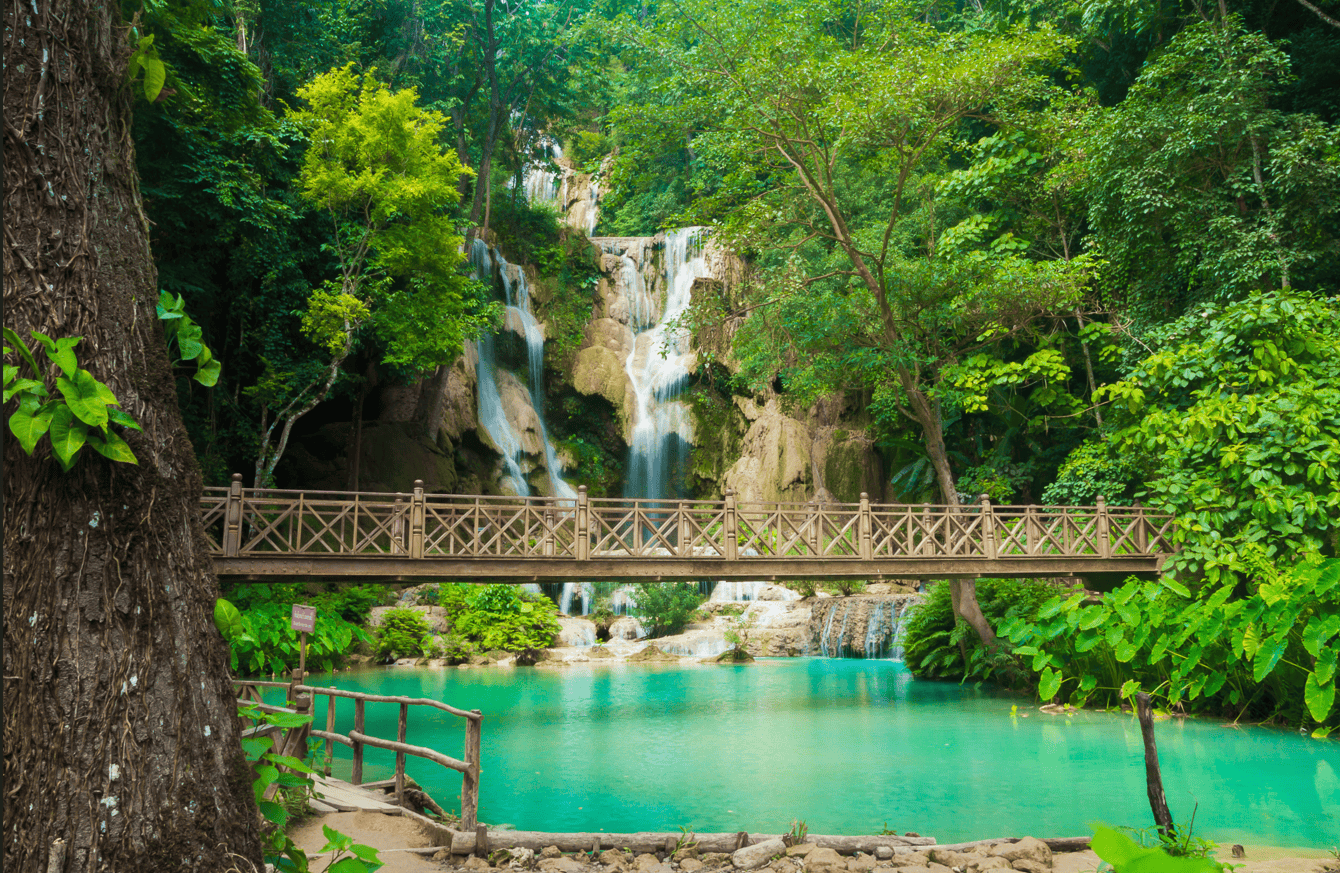
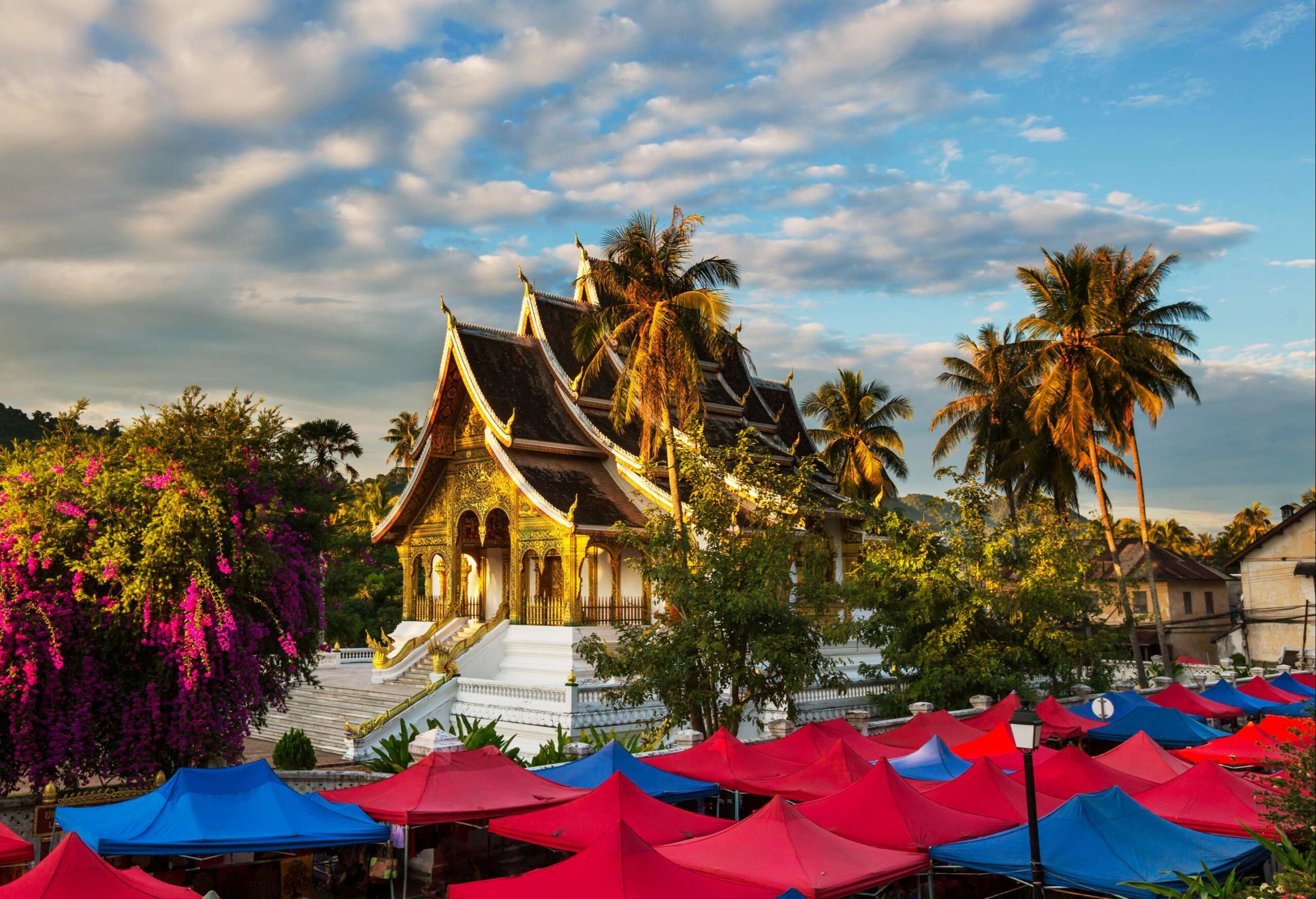

French Colonization
Under the French, Laos was sweated seriously with little real development. Few roads were built, no universities were opened and health service was little improved. There were a lot of drawbacks for Lao development: the mountains make difficulty for plantation farming while the Mekong River was not suitable for merchant vessels. The only real commercial activity was the export of opium. There was only a few hundred French in whole Laos because these colonizers preferred using the Vietnamese for administrative staffs while the Chinese took part in trade. Consequently, Lao farmers experience little change in the life.
Role in the Vietnam War
At the second Geneva conference in 1961 – 1962, Laos declared itself neutral to avoid international conflicts in the future, but it didn’t work. By the 1960s, Laos was put into the Cold War because of its geopolitical position, the neighbor of Vietnam.
While the entire world watched the U.S – Vietnam war, few know that Laos suffered the heaviest bombings of any country in history since Ho Chi Minh Trail passed through northern Laos.
At the end of the wars, the Paris Peace Accords led to the withdrawal of U.S forces from Vietnam, and a ceasefire between the Pathet Lao and the government led to a new coalition government. However, in April 1975, the fall of South Vietnam gave the chance to the Pathet Lao, backed by North Vietnam, taking total power with little opposition. On December 2, 1975, the king was forced to abdicate from Luang Prabang, Buddhism was removed as the state religion and the communist Lao People’s Democratic Republic was established and remains the only party. In the 1990s, Buddhism was reformed and reinstated as a way to promote Lao nationalism.
